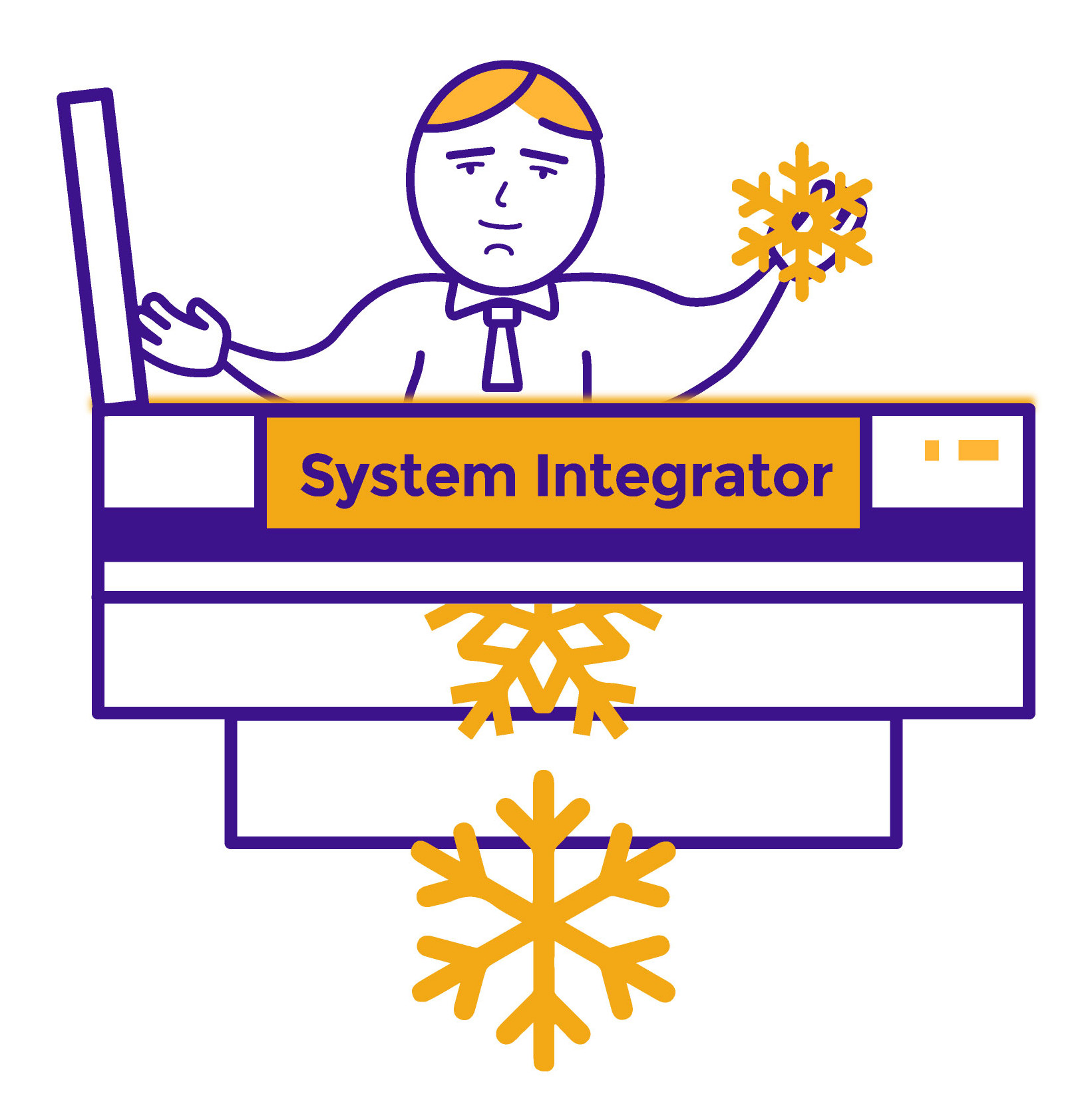This is part 3 of our 3 part “in it to win it” series. The series covers system integrators role in IoT and why and how they can win more IoT projects. You can read part 1 and 2 here.
Every system integrator we talk to is concerned about turning IoT into a scalable and repeatable business. If you’re going to add an offering, you want to be sure you can repeat it over and over. The first few times there will be a learning curve and uncertainty regarding time & resources (that could be put on projects that have proved successful). Only once you get past that initial stage will your offer become profitable.
There is no argument about how big IoT is going to be. 30 billion connected devices by 2020, make a sizable market for all system integrators, and enough of an incentive to jump in, says Shahar Peleg, VP Marketing and Product at Axonize.
But before you do, you should consider what scalable and repeatable means in IoT.
We’ve spent the last 2 blog posts in this ‘in it to win it’ series discussing the complexity of IoT and why the key to success is starting small.
You start with 2 sensors and add 5 more. Address the asset management requirements of a business, say a hotel, and add the energy savings in the next step. Roll out a service to a stadium’s VIP customers, and then scale to all your customers.
Let’s call this type of scaling vertical scaling. We believe it’s part of every single IoT project, address one need and keep building on that.
In addition, you want to scale horizontally. Have you solved a bunch of problems for a fast food chain? You want to repeat the offering for other restaurants. Completed a smart warehouse project? Go do another.
But you also need to think of scaling solutions. If you’ve solved an asset management problem for a hotel, you can repeat that for say, a ski resort. If you’ve solved an energy saving problem for a restaurant, you should go ahead and do the same for a supermarket. These are both types of horizontal scaling.
So we have a huge market, vertical scaling and two types of horizontal scaling.
But when you get down to the particulars, every single customer is going to be slightly different. Maybe they’ll want a cheaper or more reliable sensor? Maybe their business logic will be slightly different, to support their business processes? This is the land of custom snowflakes and all those little adaptations for customers will ruin your bottom line. Or will they?
There are 5 keys to scaling vertically, horizontally & customising your way to IoT success:
First of all, you need to use an IoT platform. You can’t go around developing the backend for every project on it’s own. You probably don’t even want to develop your own backend, because that will take time and money while your competitors may choose one of the platforms available and move ahead with providing solutions to customers.
Secondly, your platform needs to support any device, system and protocol. When there are no limits to the type of devices you can add, it makes it much easier to scale vertically, horizontally and customise as much as you need. You won’t even need to plan a full blown IoT project in advance, or narrow down your customer targeting. If there’s a change in device requirements, your platform should be able to handle it.
The third requirement is being able to easily change business logic. The scaling and customisation are all going to rely on business logic modifications. You need to be able to handle those on your own, so that you don’t need expensive and time consuming professional services at every step.
The fourth requirement is speed. If you’re going to deliver a number of these IoT projects, enough to favorably impact your bottom line, you’re going to have to move fast. How long does it take to configure a few sensors, some rules, dashboards and alerts with access rights by user and localisation? The answer should be days, so that you can keep doing this over and over again.
The fifth requirement is cross-application capabilities. For scaling vertically, you need to be able to keep building on your apps. If you’ve set up a smart warehouse and are expanding to smart logistics, you want the two apps to interact and have joint rules, metrics and alerts on shared data.
This cross application capability can also be very useful for managing your business. For example, you can view device performance across various customers, and choose the most reliable one for the next project in your queue.
And we’re going to throw in a bonus item for you to think about. What if you could copy&paste your work between projects, instead of configuring every project from scratch? Have you set up a sensor? You never need to set it up again. Configured the door alert on a supermarket refrigerator to activate after a 5 minute delay? You can copy that alert to the convenience store fridge without configuring anything again. Sound like a time saver? You bet!
Once you have the 5 keys (and hopefully the bonus) in place, you have the infrastructure to scale and customise as much as your customers need. Your IoT business will be growing in no time!
And that concludes our ‘in it to win it’ series. Hope you know how and why to start small, scale fast and win big by now. Good luck and happy hunting!
P.S. If you’ve just found our blog with this post, you can find part 1 & 2: here & here.
The author of this blog is Shahar Peleg, VP Marketing and Product at Axonize
Comment on this article below or via Twitter: @IoTNow OR @jcIoTnow











